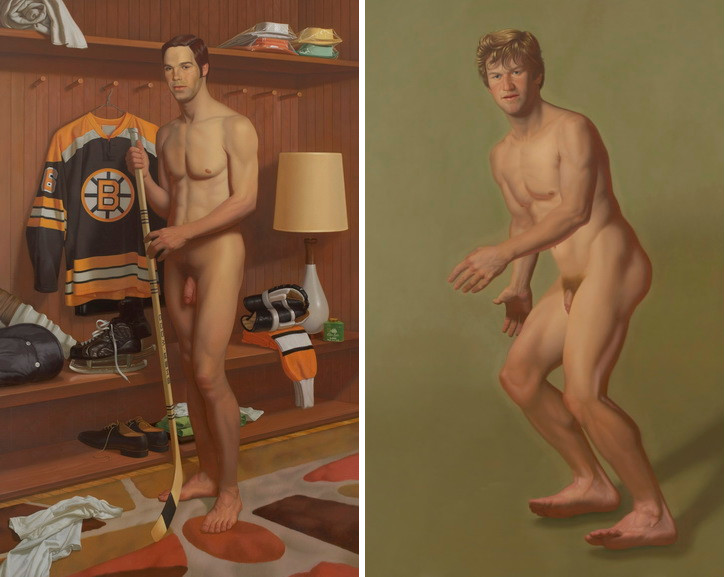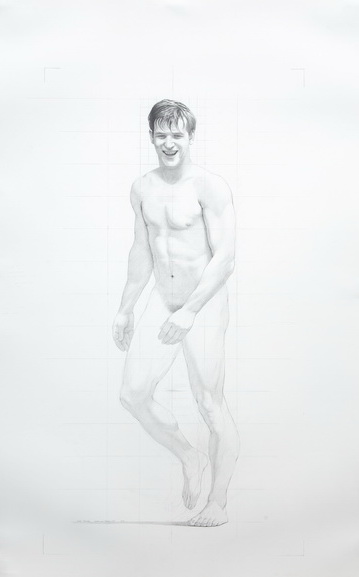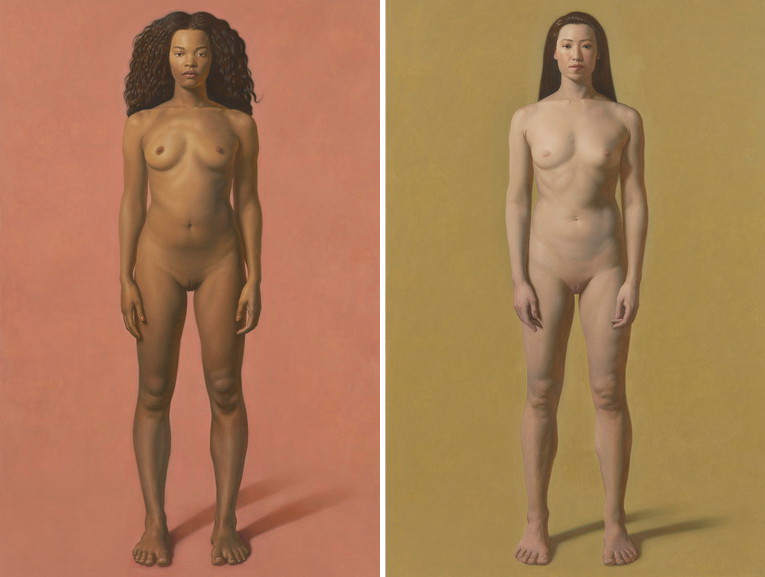[ad_1]
The great turnover in the artistic production of the second half of the XX century, which has changed the very perception of what is or can be an artwork, was definitely Pop Art. From soup cans or soapboxes, comics and advertisements, to depictions of movie stars, in general, this phenomenon was based on the social critique most notably of the sprawling consumerism.
However, perhaps the most interesting aspect of Pop Art was exactly that fascination with the rich and famous.
This particular theme has become a base for the painterly oeuvre of Kurt Kauper, but with a little twist. As a matter of fact, the artist produces nudes of the opera divas, famous actors, athletes or other celebrities, by using classical portrayal in order to establish subversive narratives, with both uncanny and camp effect.

Becoming Post – Pop Artist
Kurt Kauper was born in Indianapolis in 1966. He received BFA from Boston University in 1988 and MFA in painting from the University of California in 1995. During the period of three decades, Kauper has shown his works in the majority of the leading art institutions such are Stedelijk Museum in Ghent or Pompidou Center in Paris.
The artist has become known for his distinct aesthetic almost entirely devoted to the characters from popular culture. A great number of references from art history is present in his works, from Mannerism to German Expressionism and Pop Art, but perhaps the most notable is the influence of Charles Ray, the figurative, hyper-real sculptor, with whom Kauper has studied.

Beyond The Classical Portrayal
Throughout the years, Kurt Kauper has moved from the formal aspect of the portrayal to more conceptual one. By combining the historical tradition and contemporary artistic strategies he has managed to establish peculiar, yet sharp and socially charged style.
The paintings of Kurt Kauper are based on various photographic sources and the artist’s own image in a mirror, so it can be said that they are somehow autobiographical. On the other hand, the aspect of humor is rather significant in his work since all of the figures represented are somehow ambiguous; it seems as through they are feeling the discomfort of being seen nude, but are at the same time exuberant that they are being looked at.
Whether they are famous man or woman, they are deployed of sensuality, and their status of an icon is at stake.

Kurt Kauper – The Painter of The Famous
Regardless of a discussion on style or the choice of media, the oeuvre of Kurt Kauper is an example of the balanced artistic practice which compromises the craftsmanship and exquisite conceptual work frame in accordance with contemporaneity. Beyond his agenda stands an extensive research on pop iconography, identity, desire, and sexuality.
The domains of his artistic practice have been recognized so he has received numerous awards, including grants from the Elizabeth Greenshields Foundation, Tiffany Foundation, and Pollock-Krasner Foundation. Besides being a professional artist, Kurt Kauper has a prosperous teaching career; he taught in several universities and currently is a professor of art at Queens College, CUNY.
Featured image: Kurt Kauper – Cary Grant #1, 2003. Oil on birch panel, 90 x 56 in. All images courtesy of the artist.
[ad_2]
Source link
